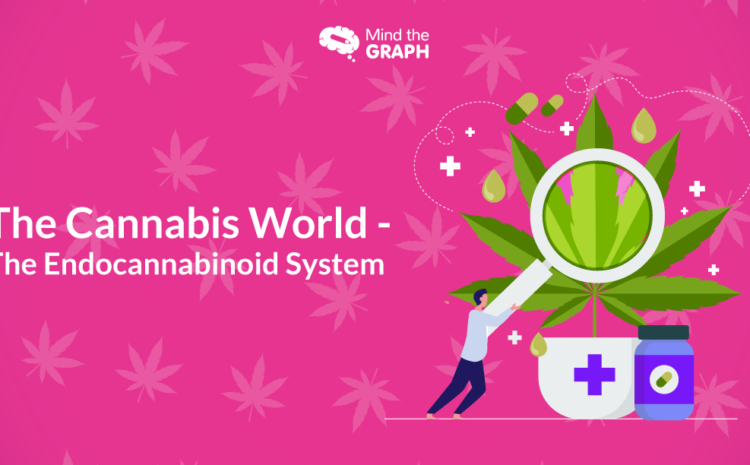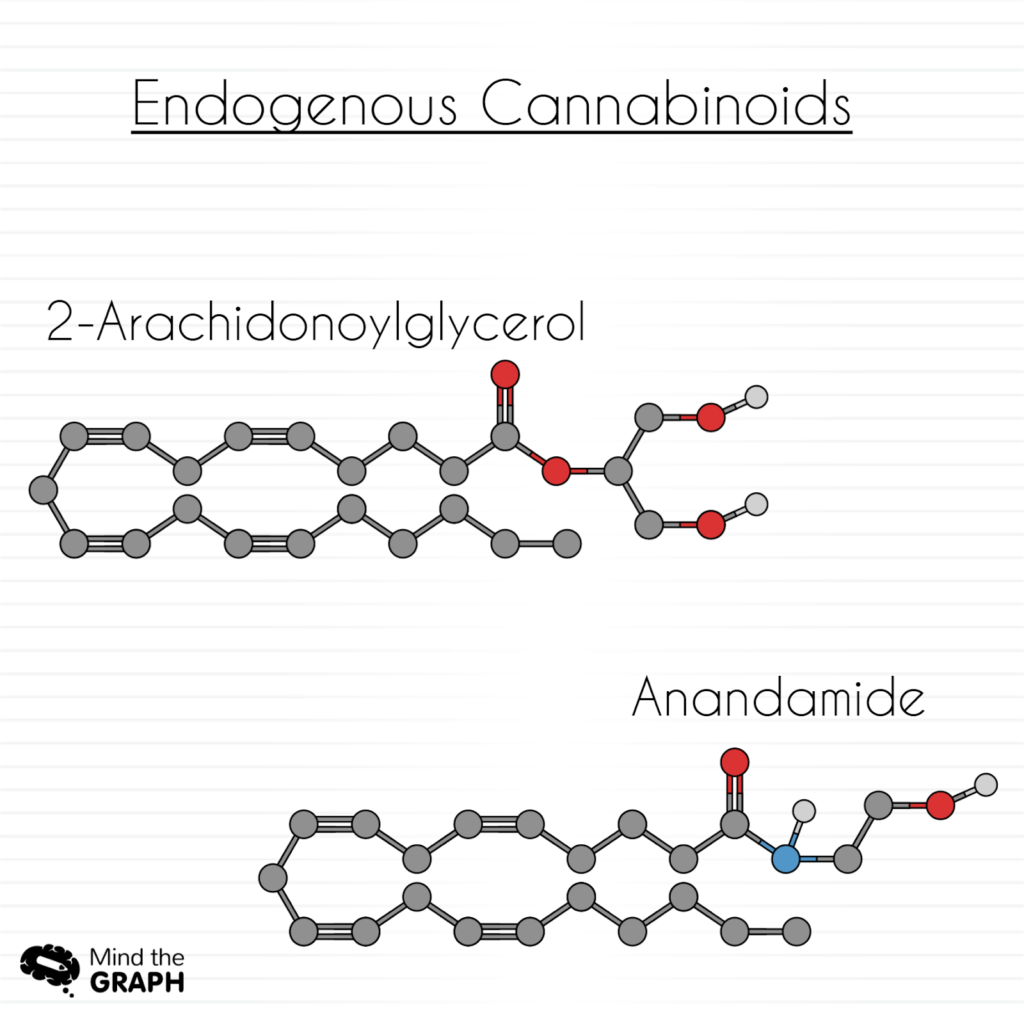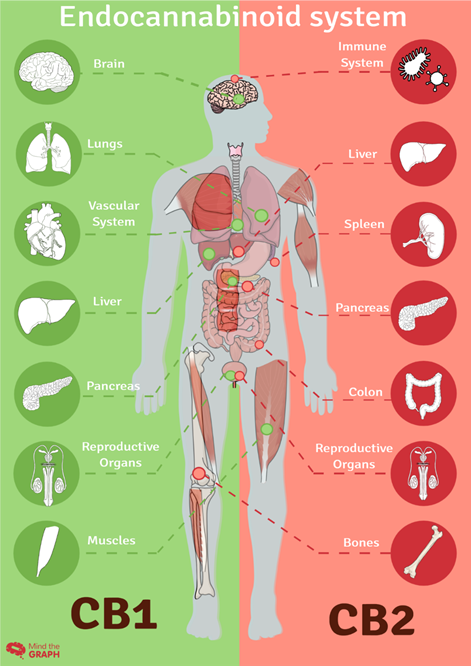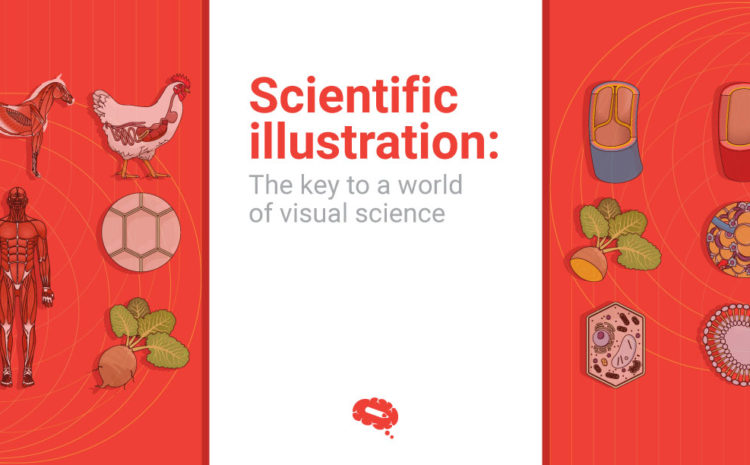Cannabis treatments have gained a high-level of attention from the scientific and medical community all around the world in the last decade.
Behandlingsresponsen har vist seg å være mye bedre sammenlignet med konvensjonelle legemidler.
Deretter kan det endocannabinoide systemet har fått stadig større oppmerksomhet, og forskere er opptatt av å forstå hvordan dette systemet i kroppen virker og fungerer.
So, scientists are taking a deeper look in order to be able to address doctors’ and patients’ questions.
Before, we fully understood the therapeutic effects of the Cannabis plant; now, science has to answer questions about the det endocannabinoide systemet.
Let’s see what is already known.
Den Det endocannabinoide systemet (ES) er en modulator av nervesystemet som fungerer som et nettverk i hele kroppen, en slags regulator av sentralnervesystemet.
In an adult, the endocannabinoid system has a big influence on neuronal activity modulation – it influences many cognitive and physiological processes like hunger, sleep, memory, anxiety, immune response, motor skills, and others.
Den ES is a team player, not acting as an isolated system; it’s connected to a variety of different signaling cascades from other systems in the body.
There are three major components that form the ES – the cannabinoidreseptorer, endogenous cannabinoids, og enzymer ansvarlig for syntese og nedbrytning av endocannabinoide molekyler.
Den endogene cannabinoider er a type of molecules produced by our body, and it is found also in nature being the Cannabis plant one example.
There are three different molecules known today by science as capable of triggering cannabinoids receptors – the 2-AG and Anandamide (AEA), which are the short-names for 2-Arachidonoylglycerol and N-arachidonoyl ethanolamine respectively, both are classified as endogenous cannabinoids with lipids like structures.
The third one, called N-Arachidonoyl dopamine or just NADA, is also a lipid structure and interacts too with cannabinoid receptors.
The first two are capable of bounding and activate several signaling pathways of G-proteins coupled-receptors, ion channels, and nuclear receptors – being the last one responsible for detecting steroid and thyroid hormones.
I tillegg til likhetene i molekylstruktur, 2-AG og anandamid spiller forskjellige roller i ES, having distinct biochemical cycles in the body – in addiction I 2012 ble det publisert en artikkel om anandamids rolle ved schizofreni..
Several studies have shown that endogenous cannabinoids are synthesized by the body following its necessity, in other words, “on demand”.
This means we don’t synthesize endogenous cannabinoids all the time, they are not floating around in the bloodstream, waiting to be called, they are synthesized in a specific place when needed.
De to cannabinoidreseptorer kjent i dag, CB1 og CB2 er begge G-proteinkoblede reseptorer.
Reseptorene har ulik funksjonalitet, de har evnen til å samhandle med ulike molekyler og aktivere ulike signalveier, og dette kan resultere i spesifikke eller avvikende biologiske effekter.
De fleste CB1-reseptorene finnes i sentralnervesystemet, men de kan også finnes i organer som lever, hud og fettvev.
I nervesystemet er CB1 observert i flere synaptiske terminaler og spiller en viktig rolle i moduleringen av synaptisk overføring.
This receptor has also a characteristic to heterodimerize – bound to different structures of itself – with other G-protein coupled receptors, like dopamine D2, hypocretin, and opioids receptors. In fact, a few studies showed at cannabis hjelper mot smerter og reduserer dosene av opioider.
The CB2 receptors are abundant in immune system cells, and despite being expressed i mye lavere nivåer enn CB1, men CB2 finnes også i nerveceller.
Denne reseptoren finnes i ulike organer som lever, milt, bukspyttkjertel, tykktarm og bein.
Researchers describe the CB2 receptor activation as an anti-inflammatory factor in inflammation scenarios. The CB1 is the main receptor for anandamide and THC as well.
Both anandamide and THC are classified as CB1 receptor partial agonists, which means, the molecule has very low efficacy in producing a receptor response, directly influencing the therapeutic effects.
Meanwhile the 2-AG – more abundant in the brain than the anandamide – is classified as a high-effective agonist to both receptors, CB1 and CB2, having the capacity to bind to the receptor activating and producing a high-level biological response.
I mellomtiden er CBD klassifisert som en antagonist til begge reseptorene, noe som betyr at molekylet kobler seg til reseptoren uten å aktivere den, noe som hindrer andre molekyler i å koble seg til og aktivere reseptoren.
På grunn av det store antallet endocannabinoidreseptorer i hjernen har noen få psykiske sykdommer blitt assosiert med dysregulering av det endocannabinoide systemet og genetiske polymorfismer, som psykose, schizofreni, angst, depresjon og autisme.
Forskere har forsøkt å forstå og finne ut den nøyaktige sammenhengen mellom mulige mutasjoner i det endocannabinoide systemet og disse sykdommene.
I dag er det mulig for pasienter å få en selskap for å analysere deres genetiske kode og få alle mulige mutasjoner av deres endocannabinoide systemkode og forstå hvordan kroppen deres håndterer cannabismolekyler som THC, CBD og mange andre.
Det finnes i dag ikke mye kunnskap om allosterisk modulering av CB2-reseptoren, men for CB1 finnes det flere kjente allosteriske modulatorer.
Allosteric modulators are capable of changing the kinetics and/or the efficiency of the receptor – is an enzymatic regulation, which is characterized by the binding of an effector molecule to a different region than the enzyme active site, this secondary site is called orthostatic site.
Et viktig faktum å nevne er at CBD er en negativ allosterisk modulator av CB1, noe som reduserer CB1-aktiveringen av THC.
Med andre ord reduseres effekten av THC av effekten av CBD. Psykoaktiviteten til THC er lavere når det administreres sammen med CBD.
As you can see, the Endocannabinoid system is not simply at all, on the other hand it is a very complex system present in almost our entire body.
Det er en viktig regulator av signalveier, og det ser ut til at den ES is connected to some degree at a biological level that the scientists still don’t fully understand.
The exogenous cannabinoids – cannabinoids not produced by the human body – are also very important molecules for the endocannabinoid system, but that will be discussed only in the next chapter of the Cannabis World.
LU, H.-C.; MACKIE, K. Gjennomgang av det endocannabinoide systemet. Biologisk psykiatri: Kognitiv nevrovitenskap og nevroavbildning, 1 ago. 2020.
MARKUS LEWEKE, F. Anandamid-dysfunksjon ved prodromal og etablert psykose. Nåværende farmasøytisk design, v. 18, n. 32, p. 5188–5193, 1 nov. 2012.
___
Did you like the infographic in this article? You can create similar infographics on Mind the Graph, du kan begynne å bruke med en gang.
Plattformen kan hjelpe deg med å lage infografikk som den i denne artikkelen. Du kan bruke nevrologi, kardiologi, endokrinologi, gynekologi, urologi, og mange andre. Og hvis du trenger hjelp, er vi her for deg, Kontakt oss!

Abonner på nyhetsbrevet vårt
Eksklusivt innhold av høy kvalitet om effektiv visuell
kommunikasjon innen vitenskap.







